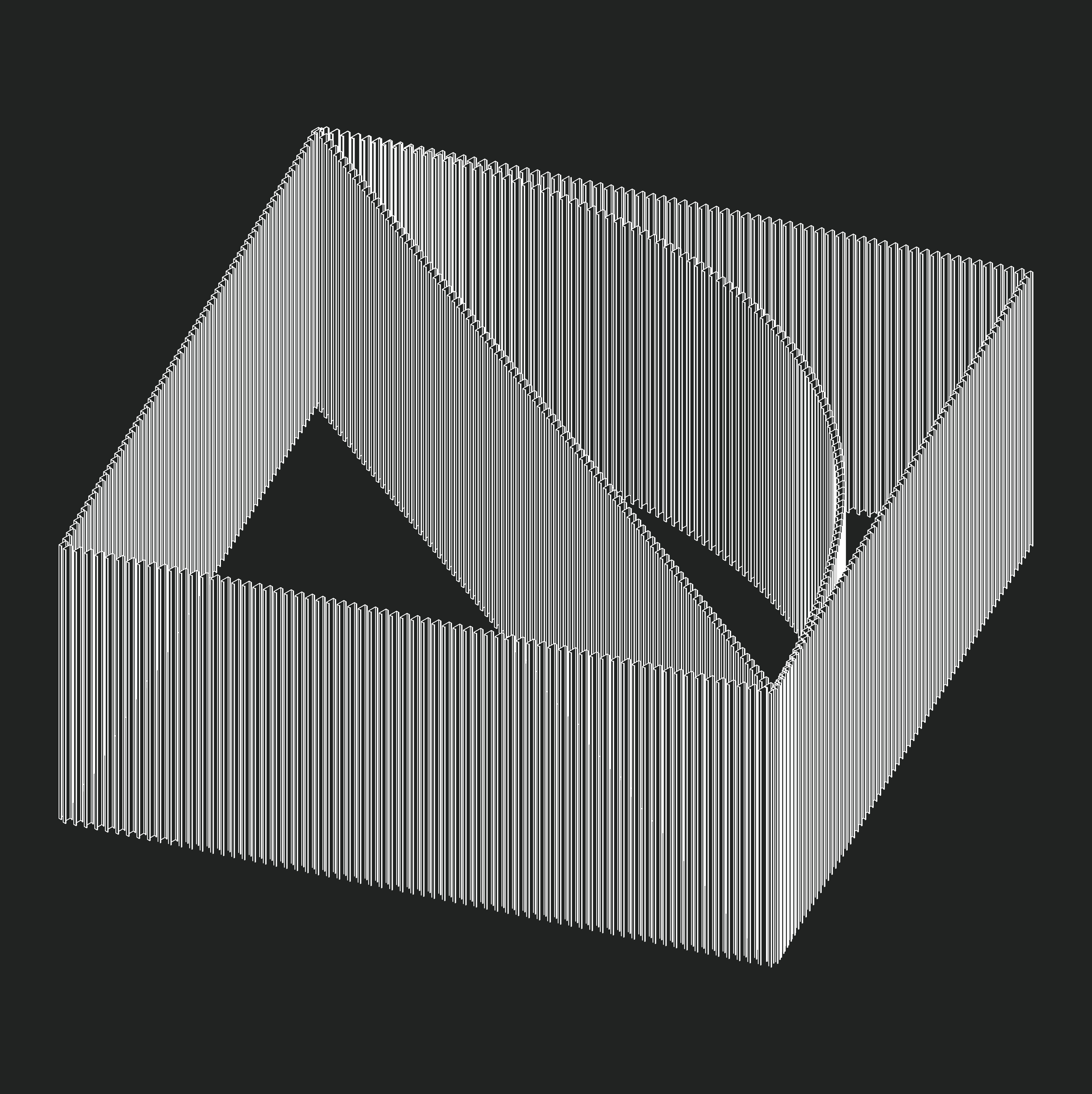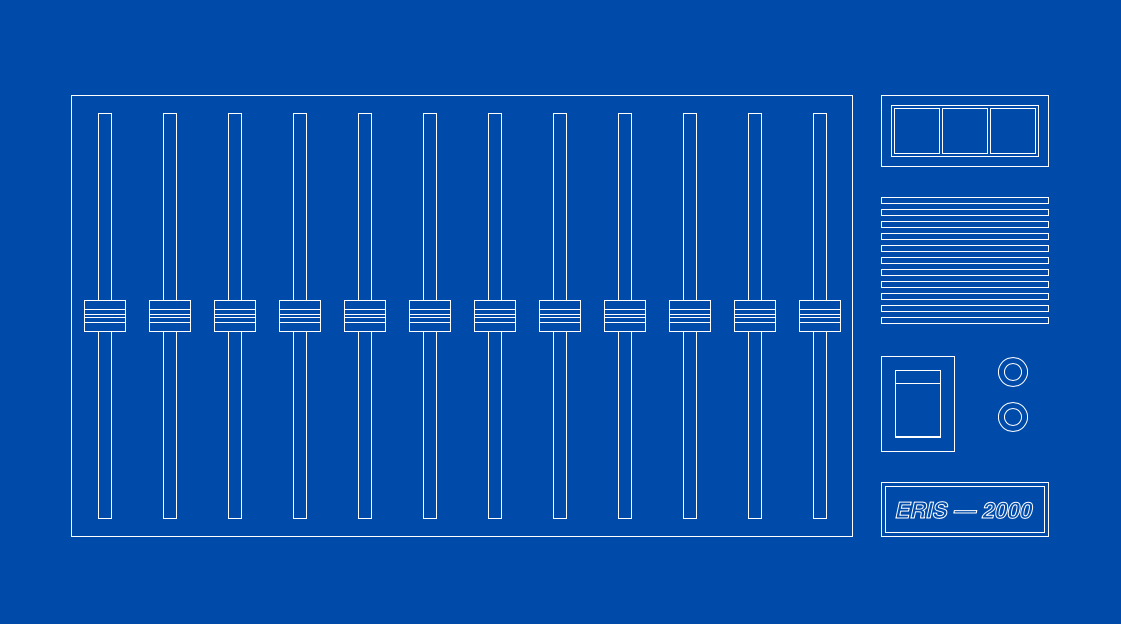Introduction / Issue 23: Blueprints
In his theoretical manifesto, Toward An Architecture, Le Corbusier wrote, “The plan is the generator. Without plan there can be neither grandeur of aim and expression, nor rhythm, nor mass, nor coherence. . . . The plan is what determines everything; it is the decisive moment.” The plan or blueprint is the primary tool of the architect’s and the drafter’s trades—a technical document that bridges creative impulse and constructive labor, intent and execution, virtuality and materiality. Taking shape as a conversation among concept, form, and representation, a blueprint insistently nudges its spectator’s gaze outside its frame. It is understood as a necessary stage on the way to something larger, something grander, something more, and is usually seen not as a self-contained object, but as prescription directed toward a particular outcome. Yet a blueprint may also be the terminus of the unrealized and the unrealizable. Étienne-Louis Boullée’s Cénotaphe à Newton, Le Corbusier’s Ville Contemporaine, Frank Lloyd Wright’s Broadacres, and the Chicago Spire are among the many visionary designs abandoned at the drawing board, whose construction in …







